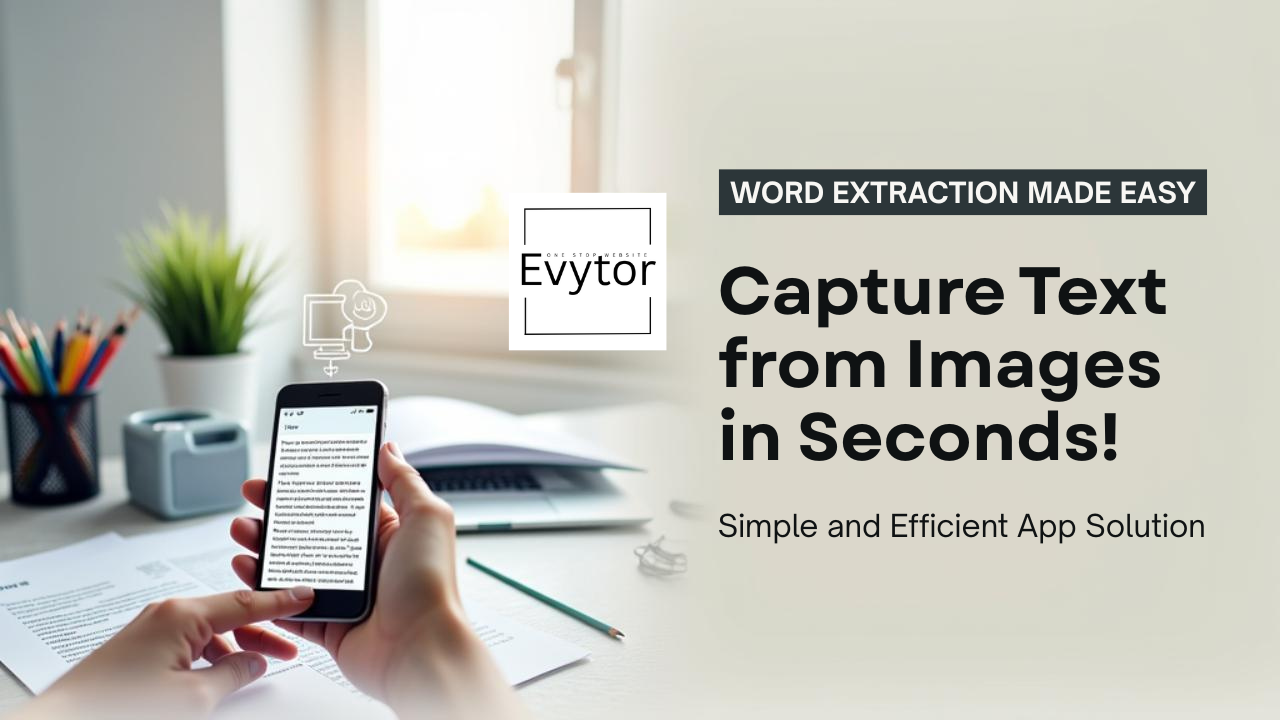Eco-Friendly Cleaning Products You Can Make at Home
Why Go DIY & Eco-Friendly?
Let's be honest, walking down the cleaning aisle at the supermarket can be overwhelming. Rows upon rows of colorful bottles, each promising a sparkling home, but often containing harsh chemicals that can be bad for our health and the planet. 🌍 Many conventional cleaners contain volatile organic compounds (VOCs), phthalates, and synthetic fragrances that can contribute to indoor air pollution and even irritate skin and respiratory systems. 👃🚫
Switching to eco-friendly, homemade cleaning products is a smart move for several reasons. First, it significantly reduces your exposure to potentially harmful chemicals. Second, it cuts down on plastic waste from all those single-use bottles. Third, it's often much more budget-friendly! You're using simple, inexpensive ingredients you likely already have in your pantry. Think of the savings! 💰 And finally, it gives you control over exactly what you're bringing into your home. ✅
Your Basic Eco-Cleaning Toolkit 🛠️
You don't need a chemistry degree to make effective natural cleaners. The magic is in combining a few simple, readily available ingredients. Here are your key players:
- White Vinegar: A powerful disinfectant and degreaser. Its acidity helps cut through grime, dissolve mineral deposits, and kill bacteria. Don't worry, the smell dissipates quickly!
- Baking Soda (Sodium Bicarbonate): A gentle abrasive, deodorizer, and powerful cleaner. Great for scrubbing surfaces without scratching.
- Lemon Juice: Another acidic ingredient that acts as a natural bleach, degreaser, and leaves a fresh scent. 🍋
- Castile Soap: A concentrated vegetable-based soap that's biodegradable and non-toxic. Excellent for cutting grease and general cleaning.
- Essential Oils (Optional): Add natural fragrance and some oils like tea tree or lavender have antibacterial properties. Use sparingly! 💧
- Water: The most basic ingredient! Use filtered water if you live in an area with hard water.
Simple & Effective Recipes
All-Purpose Cleaner 🧼
This is your workhorse for counters, tables, and general surfaces.
- Mix 1 part white vinegar with 1 part water in a spray bottle.
- Add 10-15 drops of your favorite essential oil (like lemon or tea tree) if desired.
- Shake well before each use. Do *not* use on granite, marble, or other porous stone surfaces as the vinegar can etch them.
Glass & Mirror Cleaner ✨
Get streak-free shine with just two ingredients!
- Mix 1/2 cup white vinegar with 1/2 cup water in a spray bottle.
- Add 1-2 drops of dish soap (optional, helps cut through grime) - just a tiny drop!
- Spray onto glass or mirrors and wipe clean with a microfiber cloth or newspaper for a streak-free finish.
Toilet Bowl Cleaner 🚽
Tackle tough stains and germs naturally.
- Pour 1/2 cup baking soda into the toilet bowl.
- Follow with 1 cup white vinegar. It will fizz! Let the reaction happen for a few minutes.
- Use a toilet brush to scrub the bowl.
- Flush away the grime. For tougher stains, sprinkle baking soda directly onto the brush and scrub.
Scrubbing Paste 💪
Perfect for sinks, tubs, and tile grout.
- In a small bowl, mix 1/2 cup baking soda with enough liquid castile soap (start with a few tablespoons) to form a thick paste.
- Add 5-10 drops of essential oil if desired (like peppermint or orange).
- Apply the paste to the surface using a sponge or brush and scrub.
- Rinse thoroughly with water.
Storage & Usage Tips
Proper storage ensures your homemade cleaners stay effective and safe. 🧴
- Store homemade cleaners in clearly labeled glass spray bottles or jars. Plastic can be used, but glass is preferable for vinegar-based solutions, especially if using essential oils.
- Keep cleaners out of reach of children and pets, just as you would with commercial products. ⚠️
- Always label bottles with the contents and date made.
- Shake spray bottles before each use as ingredients can separate.
- Remember that natural doesn't always mean harmless. Ventilation is still important when cleaning, and avoid mixing certain natural ingredients (like vinegar and hydrogen peroxide) as they can create harmful fumes.
- Test cleaners on an inconspicuous area first, especially on delicate or unique surfaces.
Pro-Tips for Success 🌱
Ready to take your eco-cleaning game to the next level? Here are some extra pointers:
- Infuse Your Vinegar: For a nicer scent, infuse your white vinegar with citrus peels (lemon, orange) or herb sprigs (rosemary, lavender) for a few weeks before using it in cleaners. Just strain out the solids before mixing! 🍊🌿
- DIY Fabric Softener: Skip the commercial stuff! Add 1/4 cup of white vinegar to the fabric softener compartment of your washing machine. It helps remove soap residue and leaves clothes soft without harsh chemicals or synthetic fragrances.
- Natural Drain Cleaner: Pour 1/2 cup baking soda followed by 1/2 cup vinegar down a clogged drain. Let it fizz for 15-30 minutes, then flush with hot water. Repeat if necessary.
- Reusable Cleaning Cloths: Invest in microfiber cloths or cut up old cotton t-shirts for cleaning rags. Wash and reuse them instead of using disposable paper towels. This saves money and reduces waste! ♻️
Making the Switch
Adopting homemade eco-friendly cleaning products is a simple yet powerful way to reduce your environmental footprint and create a healthier home environment. It might take a little getting used to, but the benefits for your health, wallet, and the planet are immense! ✨
Have you tried making your own cleaning products? What's your favorite recipe or ingredient? Share your tips and experiences in the comments below!




